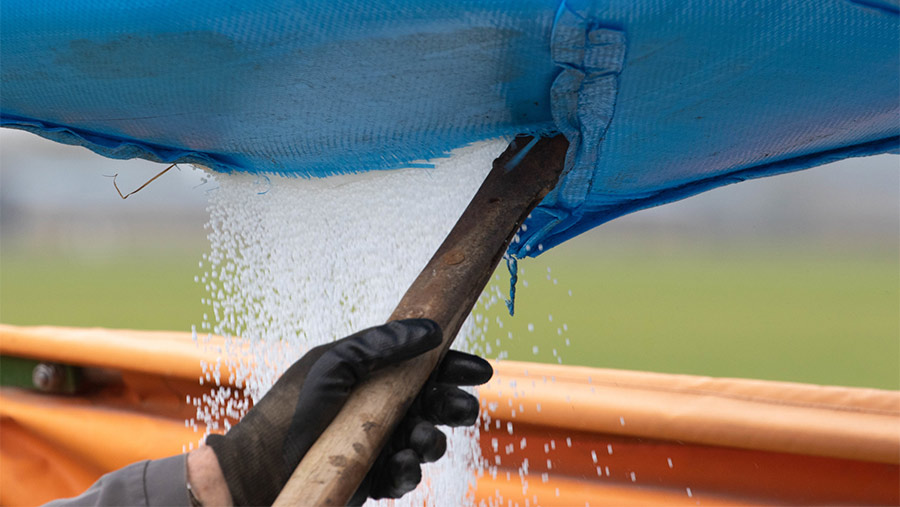RB209 N fertiliser rates for spring oats may be too low
 © Tim Scrivener
© Tim Scrivener Trials looking at nitrogen rates in oats suggest that RB209 recommendations are 30kg/ha too low for the spring crop.
However, results also suggest grain quality may be reduced with higher rates at sites in East Anglia.
Hitting quality specifications is vital for milling oats and varies between contracts. Typically, specific weights need to be a minimum 52kg/hl and screenings at less than 6%.
See also: Why a Polish grower turned to biologicals to cut input costs
But this can be difficult for growers to achieve, says Adas crop physiologist Sarah Clarke.
“For example, spring oats grown in East Anglia can be lower quality and if we continue to get dry springs, it will be a challenge.”
Kernel content and ease of dehulling are also important for millers.
So how are these affected by fertiliser use? Dr Clarke points to the RB209 review conducted in 2016, which found there was a lack of information for oats, especially for the winter crop.
In 2018, AHDB commissioned Adas and the University of Aberystwyth to look at nitrogen and sulphur fertiliser rates and timings for both winter and spring crops.
For winter oats, current recommendations are appropriate and it gave the highest thousand seed weight.
Sulphur is important for yield where there is likely to be a deficiency, such as on light soils.
However, there was some evidence that rates needed to increase with yield.
Therefore, the researchers propose moving winter oats onto a system similar to spring barley, with rates based on yield and soil nitrogen supply (SNS) index.
With spring oats, Dr Clarke says N recommendations appear 30kg/ha too low.
But she advises against higher nitrogen rates in East Anglia due to quality concerns. Data showed specific weights decreased with higher N rates.
Finally, there was no clear evidence that higher yielding crops need more N and that more work is needed for spring oats.
Fertiliser costs
Fertiliser costs could be £60/ha to £247/ha higher for 2022 harvested crops if application rates remain unchanged, according to AHDB Farm Bench data.
Nitrogen prices have more than tripled since May 2021, says AHDB lead analyst Mark Topcliffe.
Therefore, there has been a huge impact of when fertiliser was purchased on how much extra it’s costing farmers.
For example, for a Group 1 wheat, the 2021 harvest year cost was £205/ha.
This rises to £300/ha based on summer 2021 purchases and £478/ha if bought in autumn 2021.
These costs assume no changes in fertiliser rates, although many farmers trimmed rates back a bit.
